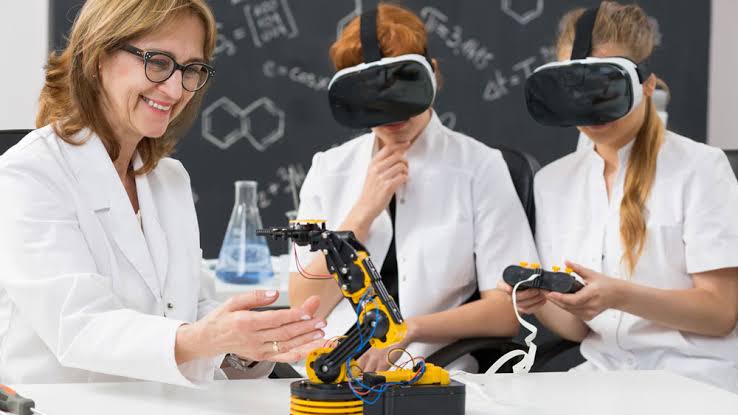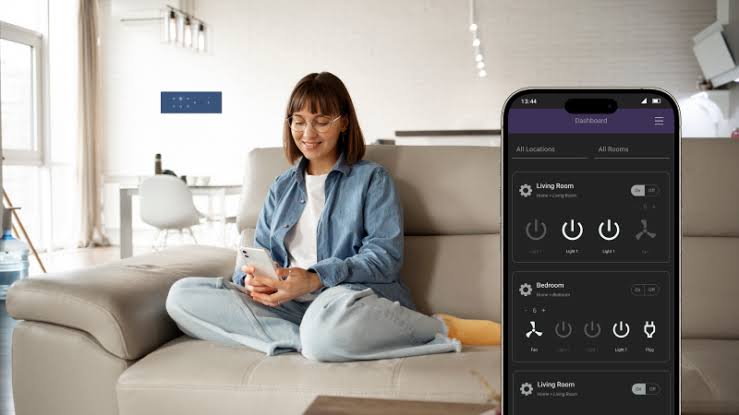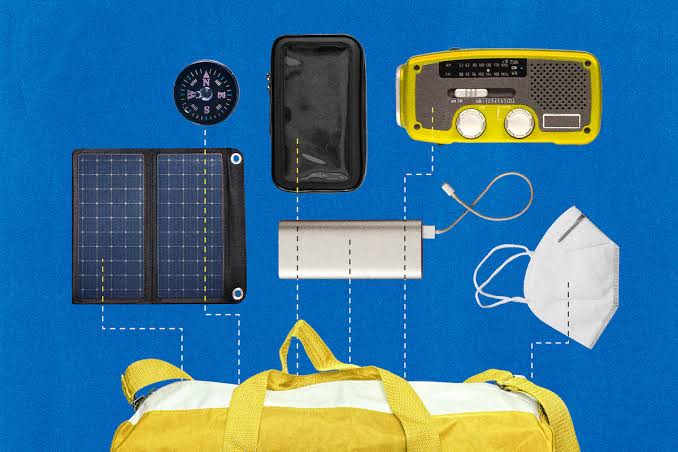Virtual reality (VR) has moved far beyond being just a tool for entertainment. In education, it is fast becoming a transformative technology that enhances learning experiences, bridges the gap between theory and practice, and offers immersive environments that traditional classrooms cannot provide. The future of VR gadgets in education promises deeper interactivity, personalized learning, and broader accessibility across different levels of study.
Immersive and Experiential Learning
VR gadgets allow students to step inside the subject they are studying, making lessons more engaging and memorable. For example, history students can virtually visit ancient civilizations, while biology students can explore the human body in 3D.
As VR technology advances, future gadgets will offer even more realistic graphics, improved motion tracking, and haptic feedback. This will make experiences feel more authentic, allowing learners to gain practical insights that are difficult to achieve through books or videos alone.
The result will be a deeper level of understanding and retention, as students experience learning rather than just observe it.
Personalized and Adaptive Education
Artificial intelligence integrated into VR gadgets will help create adaptive learning environments. These systems will monitor a student’s progress in real time and adjust the difficulty, pace, or content accordingly.
This personalization will benefit learners with different abilities and speeds, ensuring no one is left behind. It will also allow educators to cater to individual needs without having to manually create separate lesson plans.
VR will make it possible for students to revisit lessons, repeat simulations, and receive instant feedback, helping them master concepts at their own pace.
Remote and Global Classrooms
One of the most promising aspects of VR in education is its ability to connect students from around the world in a shared virtual space. This can break down geographical barriers and allow collaborative learning experiences.
In the future, VR gadgets will enable virtual classrooms where students and teachers interact as avatars, work on projects together, and engage in discussions as if they were physically in the same room.
This will open opportunities for students in remote areas, providing access to quality education and resources that may otherwise be unavailable.
Skill Development Through Simulations
Practical skills can be developed and honed in a safe and controlled VR environment. Medical students can perform virtual surgeries, engineering students can build complex structures, and language learners can practice conversations with AI-powered avatars.
Future VR gadgets will incorporate advanced sensory feedback and motion controls, making simulations more accurate. This will reduce training costs and risks while providing hands-on experience before students enter real-world situations.
Accessibility and Inclusivity
VR gadgets are becoming more affordable, and future designs will be lighter, more comfortable, and compatible with a range of devices. This will make VR more accessible to schools and students, including those with disabilities.
Customizable features such as text-to-speech, gesture-based navigation, and adjustable visual settings will ensure that VR learning tools are inclusive for all learners.
Challenges and Considerations
While the future is promising, the widespread use of VR gadgets in education will require addressing certain challenges. These include ensuring affordable access, preventing over-reliance on technology, and training teachers to effectively integrate VR into lessons.
There will also be a need for strong content creation tailored to different curriculums and ensuring that VR experiences align with learning goals.
Conclusion
The future of VR gadgets in education will go far beyond novelty. With improvements in realism, adaptability, and accessibility, VR has the potential to reshape how students learn and interact with information.
It will create opportunities for global collaboration, practical skill-building, and personalized learning paths, ensuring that education is more engaging, inclusive, and effective than ever before.




Interesting